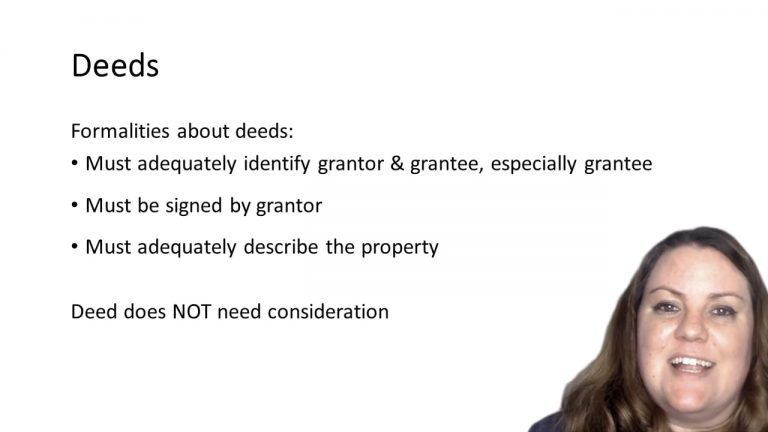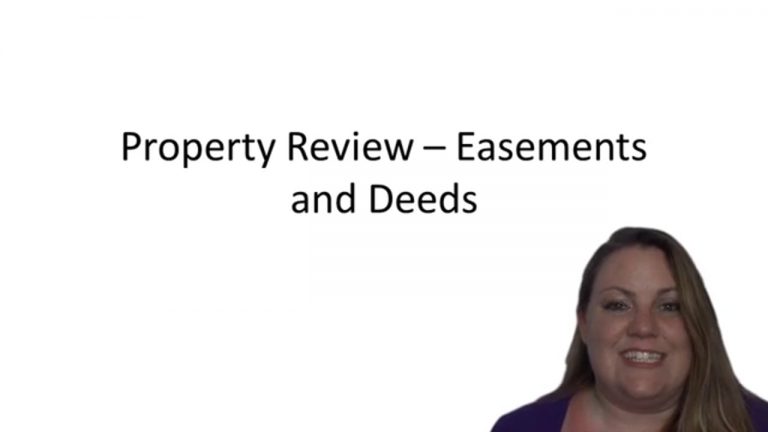SmartBrief
Confirm favorite deletion?
Property Keyed to Rabin
Kresser v. Peterson
Citation:
Supreme Court of Utah, 1984; 675 P.2d 1193Facts
Edward Kresser, Sr. owned a home with his wife Della Pyper as joint tenants with rights of survivorship. When Edward died, Della prepared a will that divided the property to Edward’s two sons, the Plaintiffs and her two sons, the Defendants. However, Della later executed a warranty deed, conveying the property out of her estate and to herself and her sons as grantees with the right of survivorship.
Della recorded the deed and placed it in a safety deposit box at a local bank under a lease agreement. The lease agreement was signed by herself and her sons. This agreement outlined that exclusive access to the deed was given to all three grantees and not one party. Plaintiffs filed suit to assert their interest in the property.
Only StudyBuddy Pro offers the complete Case Brief Anatomy*
Access the most important case brief elements for optimal case understanding.
*Case Brief Anatomy includes: Brief Prologue, Complete Case Brief, Brief Epilogue
- The Brief Prologue provides necessary case brief introductory information and includes:
Topic:
Identifies the topic of law and where this case fits within your course outline.Parties:
Identifies the cast of characters involved in the case.Procedural Posture & History:
Shares the case history with how lower courts have ruled on the matter.Case Key Terms, Acts, Doctrines, etc.:
A case specific Legal Term Dictionary.Case Doctrines, Acts, Statutes, Amendments and Treatises:
Identifies and Defines Legal Authority used in this case.
- The Case Brief is the complete case summarized and authored in the traditional Law School I.R.A.C. format. The Pro case brief includes:
Brief Facts:
A Synopsis of the Facts of the case.Rule of Law:
Identifies the Legal Principle the Court used in deciding the case.Facts:
What are the factual circumstances that gave rise to the civil or criminal case? What is the relationship of the Parties that are involved in the case.Issue(s):
Lists the Questions of Law that are raised by the Facts of the case.Holding:
Shares the Court's answer to the legal questions raised in the issue.Concurring / Dissenting Opinions:
Includes valuable concurring or dissenting opinions and their key points.Reasoning and Analysis:
Identifies the chain of argument(s) which led the judges to rule as they did.
- The Brief Prologue closes the case brief with important forward-looking discussion and includes:
Policy:
Identifies the Policy if any that has been established by the case.Court Direction:
Shares where the Court went from here for this case.
Topic Resources
Topic Videos
 6m 7s
6m 7s 11m 17s
11m 17s 7m 49s
7m 49sTopic Outline
